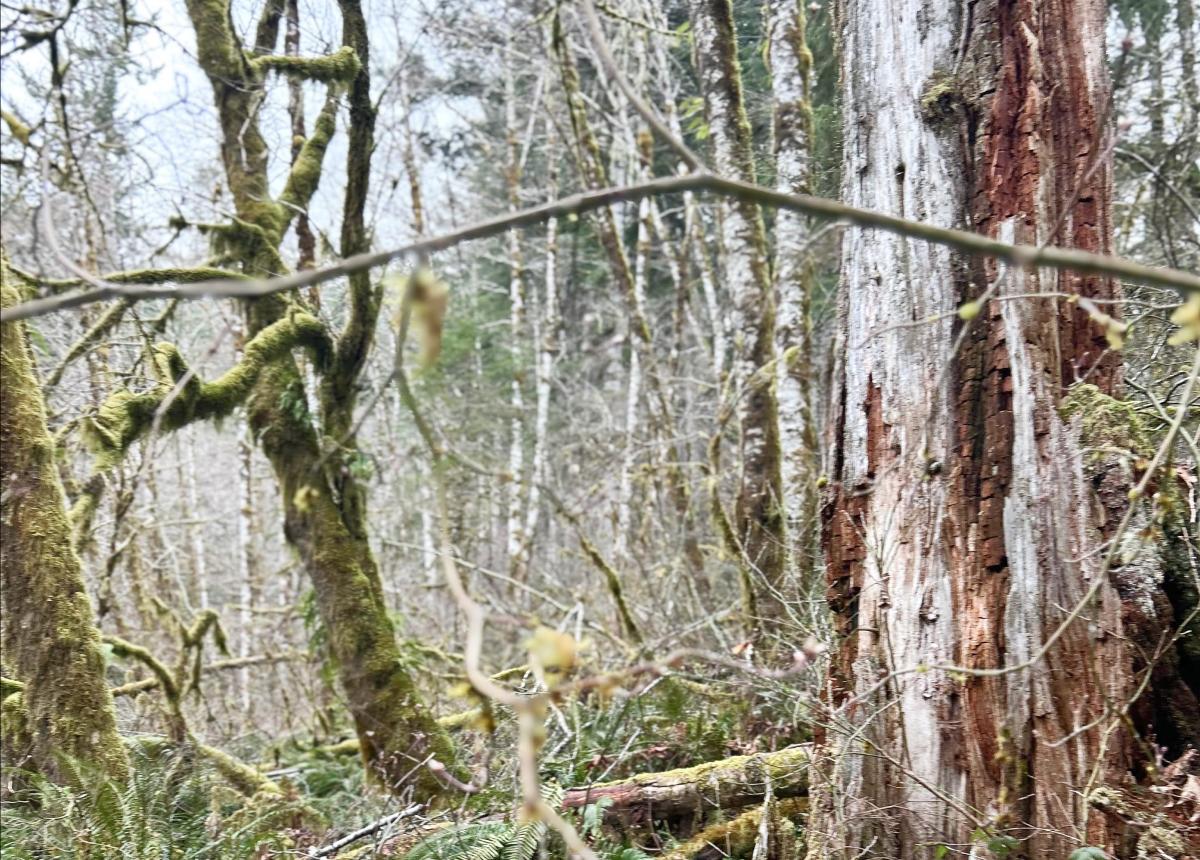Mysterious Forests
Fri, August 23, 2024

At Resilient Forestry, our daily grind involves delving deep into the intricate science of nature. As the administrator, I've been fortunate to absorb wisdom from a team of extraordinary scientists and ecologists. While I may not grasp all the nuances of mensuration, point cloud extraction, or the array of fancy fancy models, I often find myself captivated and inspired. One discussion from last year that particularly resonated with me was our exploration of complex early seral forests. Our work constantly reminds me that a forest’s story isn’t a straight path but a rich, layered narrative over time, where every stage—no matter how abundant or scarce—adds to the overall depth and beauty.
So, what exactly is a complex early seral forest? These forests are bursting with life, supporting a variety of wildlife and featuring important elements like large live and dead trees, downed logs, and rich understory vegetation. Wildfires play a crucial role in shaping these forests, often clearing the way for new growth and creating diverse habitats that support an even wider range of species. If we were playing Word Association and the word before mine was "Wildfire," my first response would probably be "Disaster" (or maybe "Hot," if I’m being honest). It’s almost automatic for any negative word to come to mind. However, the reality is that wildfires are a crucial part of a cycle of destruction and renewal. Poetic, right? By clearing out old and dead vegetation, wildfires pave the way for new growth and diverse habitats, proving that there’s more to their impact than just the damage you see at first glance.
How can I experience a piece of this firsthand? I thought to myself. I asked Russell for his insights on these forests, and he recommended a trip to Mt. St. Helens. It’s just a short drive from Seattle, winding through stretches of forest with towering fir trees lining the roads. The journey offers breathtaking viewpoints of mountain ranges dotted with both dead and living trees—a striking reminder of the power of a volcanic eruption. At it’s base, the Toutle River flows through the area, carrying sediment from the eruption. As I’ve learned, sediment transport can help shape riverbeds, support vegetation growth, and aid in water filtration. See what I mean?
It's pretty awesome to be able to combine the science behind these forests and then being around them up close. Having insight often makes me feel optimistic, even when just wandering through local green spaces. It’s like there’s an unknown meaning or purpose to what I’m seeing, hinting that there’s always more to uncover and understand. And we love a good mystery! So next time you’re out and about, take a moment to appreciate the stories unfolding around you—nature has a way of surprising and inspiring you when you least expect it.
